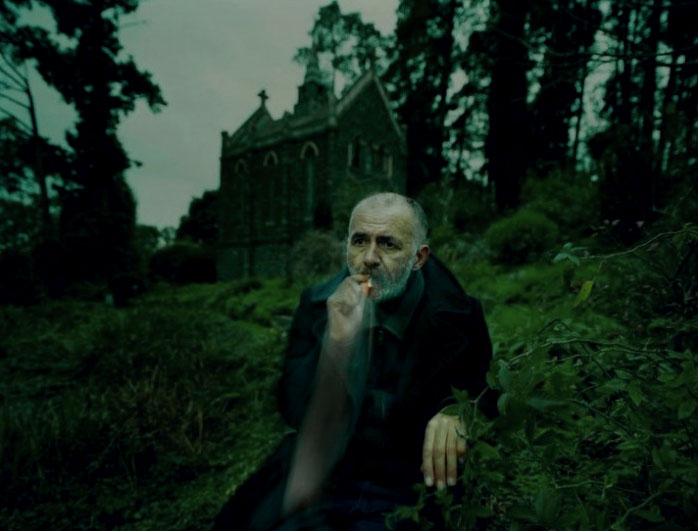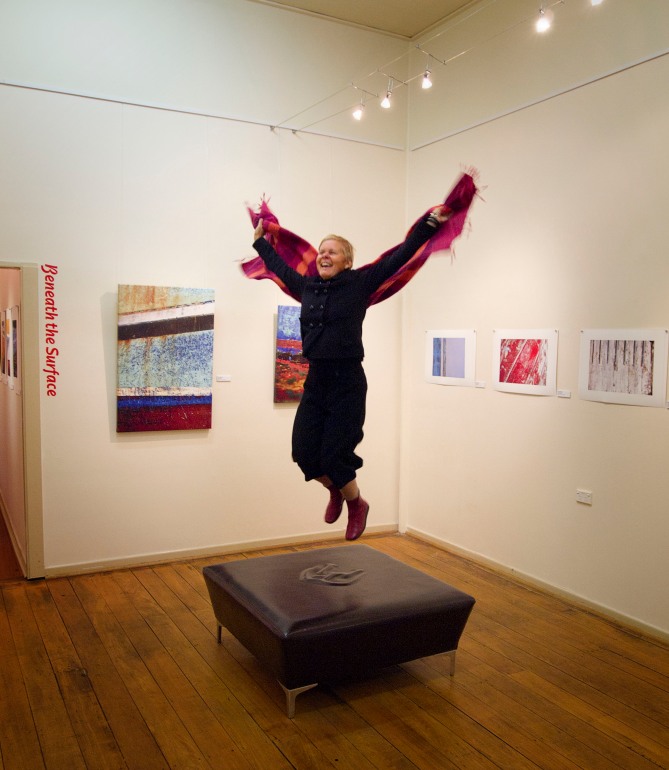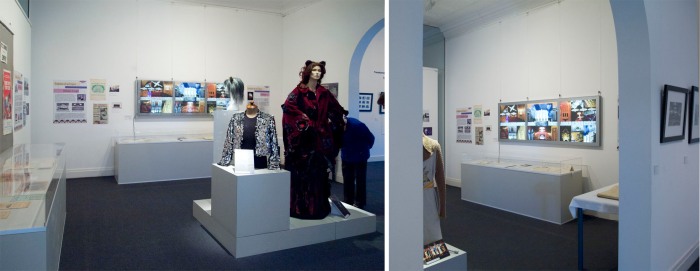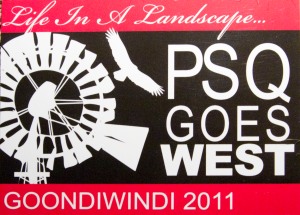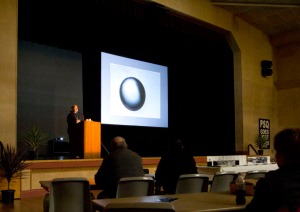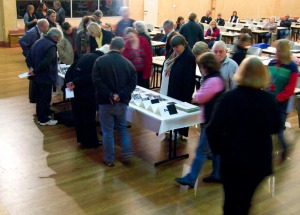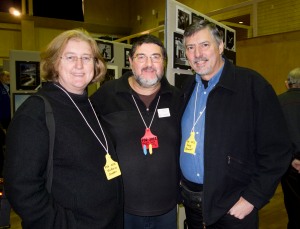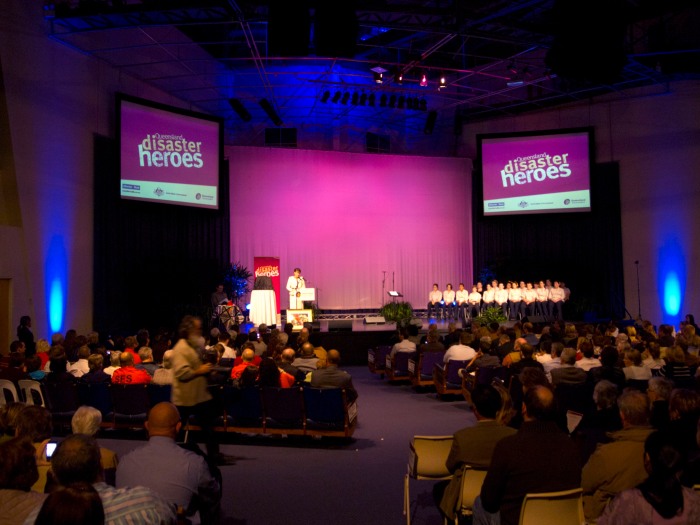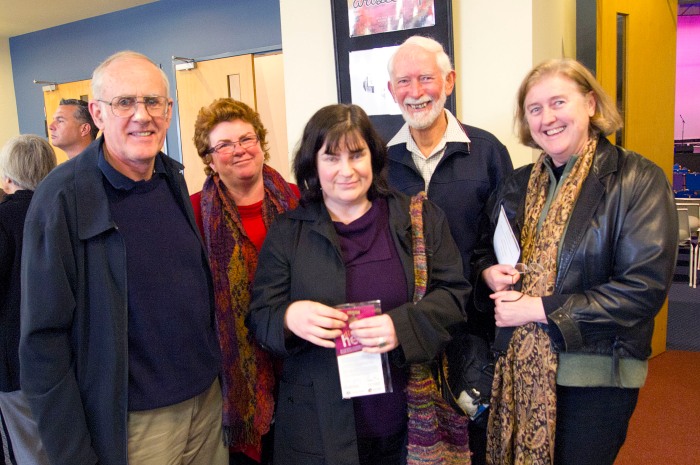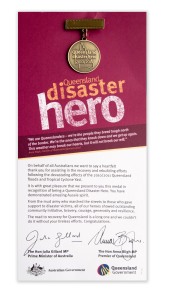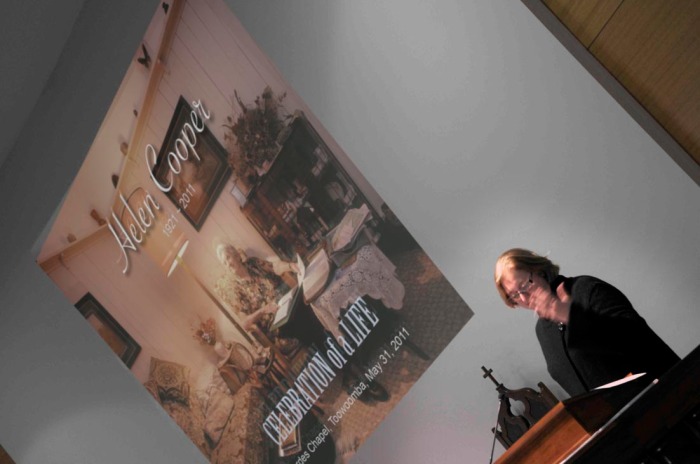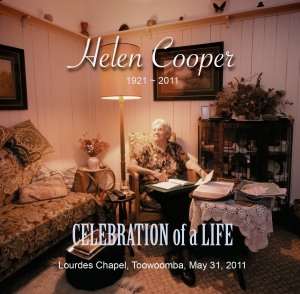Archive for June 2011
June 24 – Visiting the 2011 OLIVE COTTON
The Tweed River Art Gallery @ Murwillumbah is once again hosting the Olive Cotton Award for Photographic Portraiture – The exhibition will be on show until July 31, 2011.
This year the Judge was Naomi Cass from CCP in Melbourne and as usual the selected works present a comprehensive review of contemporary Australian photo portraiture from the best photographers in the country as well as the latest crop of emerging image-makers. The portrait remains one of the most fascinating genres of photography – there is something about the face that connects with the viewer.
Some observations
In this year’s Olive Cotton Award for Photographic Portraiture there was something for everyone. This exhibition always provides a broad overview of contemporary photographic practice as 2D wall presented images.
The process and media by which the works were made were described by didactic panels placed around the gallery —everything from cyanotypes to gliclee printing and from Type C to inkjet. Those looking for historical processes found large format (whole plate?) ambrotypes paying tribute to the soft romantic feel of 19th century photography. Sizes of the works ranged from the larger than life images of the famous and infamous to the small personal and the everyday through which we can all find some empathy and connection.
In this mix there seemed to be a trend towards the selection of the reinvented holiday or family album snapshot—mostly in black and white. Some of these images showed the poser/s as acting out or ‘hamming up’ personal moments which when placed on the gallery walls transformed these images into arcane representations of everyday life. Others, whether staged or seen images, were illustrations of current political and cultural issues reframed by utilizing the informality and familiarity of the snap shot and then presented as austere gallery-crafted images for the consideration of thoughtful viewers.
For me, the most successful portraits are the ones that draw upon a deep understanding of photographic quality (tone, colour, detail, time etc.) and aesthetics. Alongside this there needs to be a flexible and experimental approach to style embedded in the psyche of the photographer that is combined with an empathy and curiosity for the subject. For me the portrait is developed through time spent by the photographer in collaboration with the subject and created in a moment of synergy and intensity that distils the portrait concept. The strength, depth and intensity of this collaboration, if handled skilfully, can visually transfer an afterimage onto the viewer’s imagination and memory that transcends the gallery experience. For me all of these decisive factors came together in not only the winning image of Tamara Dean, Damien Skipper, but they were also very strong in Russell Shakespeare’s, Michael Zavros and Samantha Everton’s, Illusion.
.
Victoria Cooper 25 June 2011
.
TO ACCESS a list of the finalists and the winners visit:
http://www.tweed.nsw.gov.au/ArtGallery/ArtGalleryOliveCotton2011Exhibition.aspx
DOWNLOAD a copy of the catalogue for the 2011 Award here
June – SQIT Photo Student mosaic for Empire Theatre’s 100th
Students help celebrate the Empire’s 100th Anniversary
Students from my Commercial Photography class recently spent a couple of hours documenting Toowoomba’s Empire Theatre. The images were integrated by me into a 2.1 metre-long trans-luminated mosaic image. The work was integrated into the exhibition ‘100 years Empire Theatre: Historical items from the Theatre’s collection‘ at the Toowoomba Regional Art Gallery.
The Empire Theatre is well-known for the Art Deco architectural structure and decorative elements that were part of its 1930s reconstruction. The building is a photographer’s delight as at every turn there are new views and design elements that can create great abstract forms.
After photography the images were optimised by students and passed over for integration into the triptich’s 70 x 210cm design.
SEE the Toowoomba Chronicle details http://www.thechronicle.com.au/story/2011/05/17/evolution-empire-toowoomba/
The exhibition at the Toowoomba Regional Art Gallery includes a photographic exhibition of the reconstruction of the Empire that was undertaken in 1996-7. The photographer was Lucy Robertson-Cuninghame and the images were completed at the time as part of her Associate Diploma of Photography work.
SEE the Chronicle story for details http://www.thechronicle.com.au/story/2011/05/23/theatres-rich-history-on-show/
June 13 – Speakers@PSQ Convention, Goondiwindi
Victoria’s topic was “Our home : emoh ruO” which dealt with re- visualizing local neighbourhoods, landscapes and familiar places with personal narratives and perspectives.
She says that, “We all have experienced disaster and change within our own “back yard”. We have been flooded repeatedly by images of this destruction and it’s traumatic effects on humanity. Is it now time, rather than yearning for the exotic travel photo experience, to re-discover our everyday environments and invent new ways of visualizing ourselves and the land we inhabit? Victoria Cooper will be discussing her work in this area and how places can be transformed by bringing together knowledge and personal experience to build creative visual stories.”
Doug’s topic was “LANDSCAPE: Between the covers” in which he spoke about making photobooks of the landscape. His lecture dealt with the idea of the extended narrative of the book and how the ‘artists’ book’ can inform contemporary photobook making. His talk was illustrated by examples and his own work in the form of the hand-made (home-made) book. Ideas about the print-on-demand book and the do-it-yourself monograph were covered. He said “Ken Duncan and Steve Parish did it – You can do it too — Self publish and have Fun!”
The PSQ Convention program speakers program included the photodocumentary photographer John Elliott, Somalia hostage Nigel Brennan and large format guru Richard White.
More details of the event may be available on the website:
May 30, 2011 – Celebration of a Life: Helen Cooper
Celebration of a Life: Helen Cooper
Susan Sontag in her seminal, although now somewhat aged, book On Photography stated that, ‘All photographs are momento mori. To take a photograph is to participate in another person’s mortality, vulnerability, mutability. Precisely by slicing out that moment and freezing it, all photographs testify to time’s relentless melt.’1
Vicky’s mother Helen passed away last week. Aged 89 Helen was quite a character and a local identity in Toowoomba. As part of a service to celebrate her life we assembled a photographic record of her life from images that she had gathered over the years as well as images from family and friends. Whilst the idea of a slide show is considered a standard part of any memorial service when we came to make our own, particularly as photographers, we were captivated by poignancy of the photographic image that we worked with.
Helen’s image collection traversed over half of the history of photography beginning with classic 1920s studio portraits, warm sepia family groups and dreamy high key pen-wash portraits. The oldest photograph is the youngest image of Helen is a snapshot: torn corners, creases, with the patina of being handled and held as a fragment of existence—perhaps even a cherished talisman in the journey of life.
The flow of images can only represent a small fraction of the life lived. Moments captured in a time and Place. Snaps of a young woman, full-length in the landscape, the bathing costume, and a young man appears, the young woman models on the beach full of the promise of life. The young man, Reg, becomes husband—a swatch of beautifully hand-coloured wedding prints attests to that, a house follows and then the first child, then two and soon there are three—another house, another baby.
The photographic process changes and as such identifies the passage of time. The photographs transition from 1930s soft black and white hand coloured studio portraits, to home processed contact prints, on to the gritty 1970s black and white and finally to the dominance of colour firstly from square colour images of 126 Kodak Instamatic cameras to contemporary digital.
The images depict a family growing up, having fun at Currumbin Bird Sanctuary, one graduates from university. The flow of life continues … weddings grand children – all come and visit Helen and Reg. In the middle years colour photographs emerge from the albums—a pink dress and Reg in a sunlit garden, a new home in a wilderness, a place that we now know is the metropolis of Coolum. New Guinea holidays, another image with Reg holding someone’s baby.
Then Helen faces a new life on her own, a new house—with the garden, family memories surround, and the photographs show meetings with family members, now older with their own grown up kids. More weddings, pictures with birds an ANZAC parade, a scene in a coffee shop—the images shift from Helen to two, and then three generations of Cooper. Helen grows older, family visits, church groups, breakfasts downtown—another hat, another . . . another
The photograph as Sontag once quipped is ‘incontrovertible proof’ of existence—but for whom is the proof required? Helen’s collected images were undoubtedly her memories, a record of moments – memorable ones. Moments that define a life and life shared. At the time of her passing the photographs become as Sontag suggests, ‘both a pseudo-presence and a token of absence’. 2
The images in this sequence present both presence and absence—photographs provide a poignant bridge to what has been, memories and an understanding of a life well lived.
1 On Photography, Susan Sontag, 1979, Penguin Books, page 15
2 ibid, page 16
